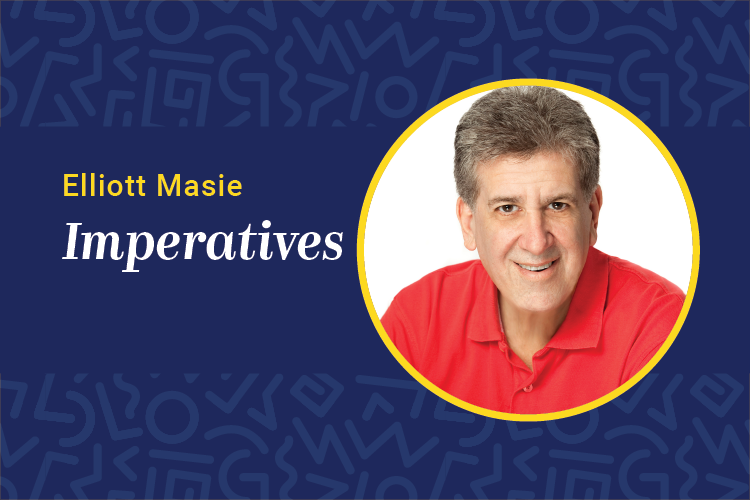For the past 15 years, blended learning has quietly risen as a primary design approach in the world of e-learning.
Blended learning reflects the reality of you and me as learners. We want to naturally mix and match content, delivery modes and timing to personalize our development. That could mean combining e-learning with face-to-face meetings, video segments, access to a community of collaboration and more.
Blended learning has also taken on a user-driven dimension. More and more of our learners are reaching for their own blend of open content such as TED Talks and personally curated content from the Internet, intranet or their own external communities. TheMasie Center believes that more than 80 percent of blended learning is created or modified by the learner, who is using an ever-growing set of assets.
Blended learning also cuts across the traditionalsilos of learning context. For example, Khan Academy, founded by Sal Khan, was created to provide K-12 students with access to short, focused videos they could consume before, during or after teachers assigned curricula. It is fascinating to watch how corporate learners and learning departments are leveraging Khan Academy’s content to enhance learning activities. In the same way, TED Talks that are available as open and free content segments have penetrated the world of blended learning.
That said, there are several missing elements in the shift toward blended learning:
There is no vocabulary or terminology for blended learning. We do not have a way to describe the elements of blending. This starts with the lack of an instructional design model that embraces blended learning and that expands to the instructor/producer, who does not have a common language to detail blending in a specific program.
There is no research on blending effectiveness. As we expand the use of learning personalization, we must also develop an evidence model to research which forms of blending work best for which types of learners and in which settings.
There is no benchmarking on blended learning patterns. There are thousands of companies and government agencies that use blended learning as part of their rising leaders programs. Yet the learning field does not have a process to compare distinctly different blends in commonly delivered leadership programs.
There are no shifts in compliance requirements and blending. A large percentage of corporate learning is driven by compliance and regulatory requirements. Some of these compliance rules are derived from the pre-blending days and specify a set number of hours of learning content. As blended learning kicks in, we need to adapt, stretch and revise our interpretation of regulations to embrace and document a mixture of learning activities.
We even face some key challenges from learning management systems in adapting to and managing the growth of blended learning. Many of these do noteasily track or offer an infrastructure for blends. We have seen corporations that precisely track minutes spent by learners in e-learning modules lack the ability to track how long videos are watched, or even monitor the use of on-the-job and performance-support assets. It is time for our learning management systems to address the personalized side of blended learning.
The future will offer some exciting extensions in the blended learning arena as we add adaptive and responsive capabilities to learning design. Imagine a system that could track what you as a learner need in terms of learning options. Throughout a course, it could offer you an extended video, a link to a key peer with expertise, the ability to read the content in your native language, or the opportunity to access a dynamic FAQ developed by monitoring other users’ blended learning activity.
I end where we started. Blended learning is natural, and not an invention of the Internet age. Our grandparents went to school and blended faculty lectures, homework and conversations with other students to gain mastery of instructional objectives. Now, technology is stretching our choices, affording learners the ability to spend the right amount of time with the right learning activity, a combination that is different for each learner.
The final measure for everyone is mastery. Let blended learning improve each learner’s pathway to mastery with efficiency and effectiveness.
















